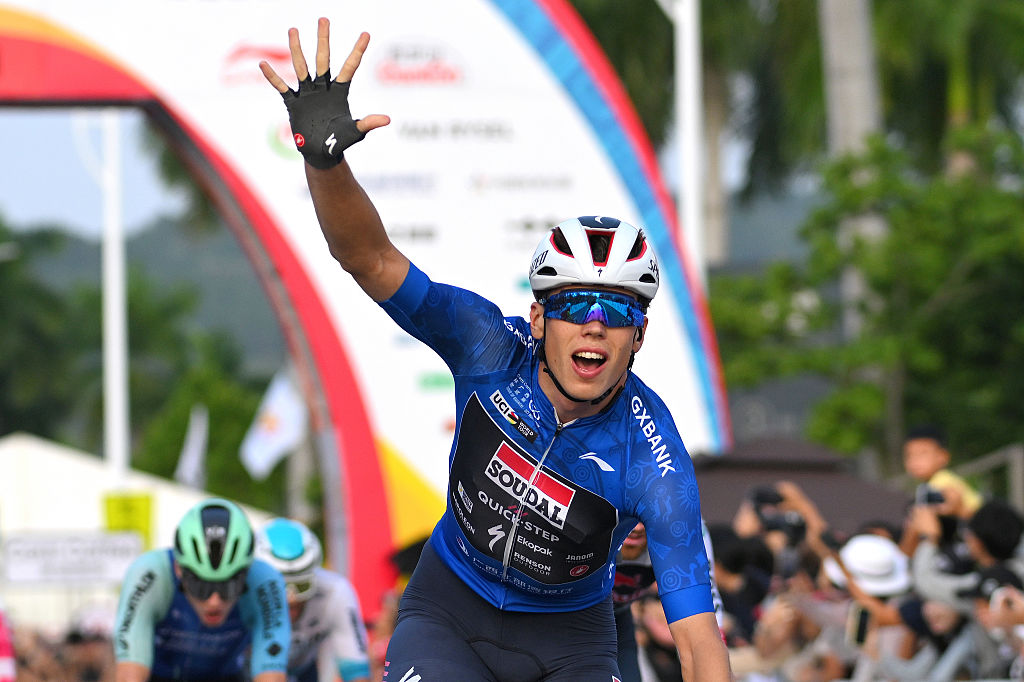Movistar's willingness to risk comes too late for Tour de France glory
Two podium places, best young rider and team classification
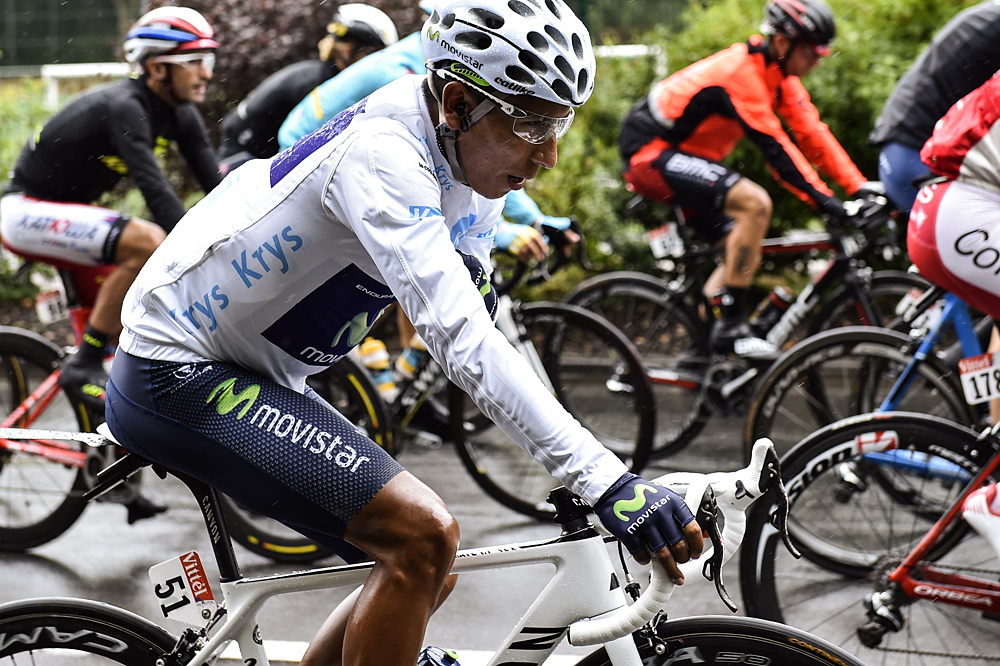
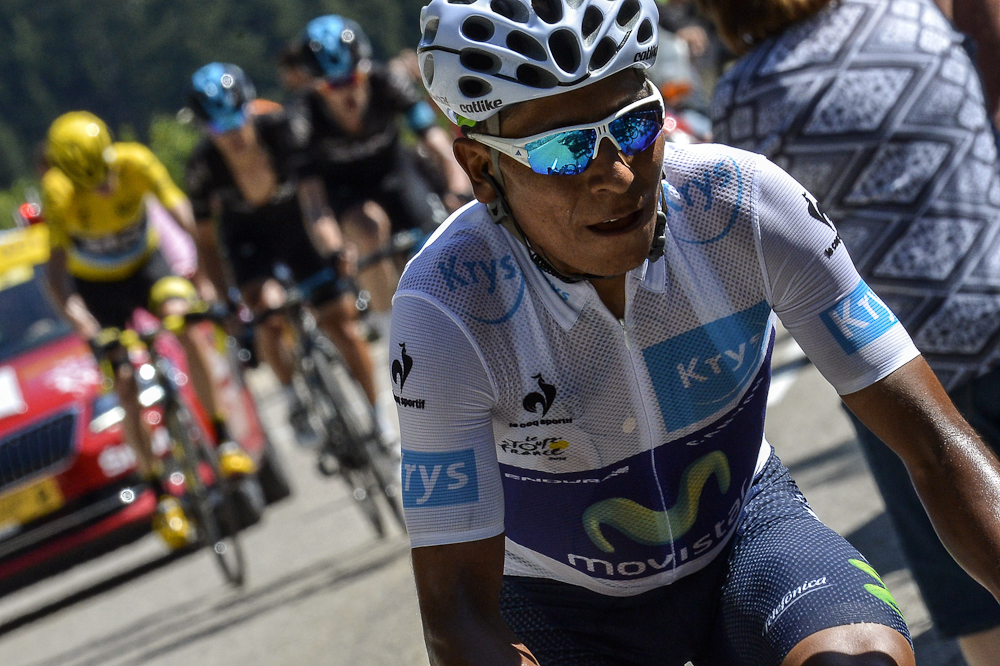
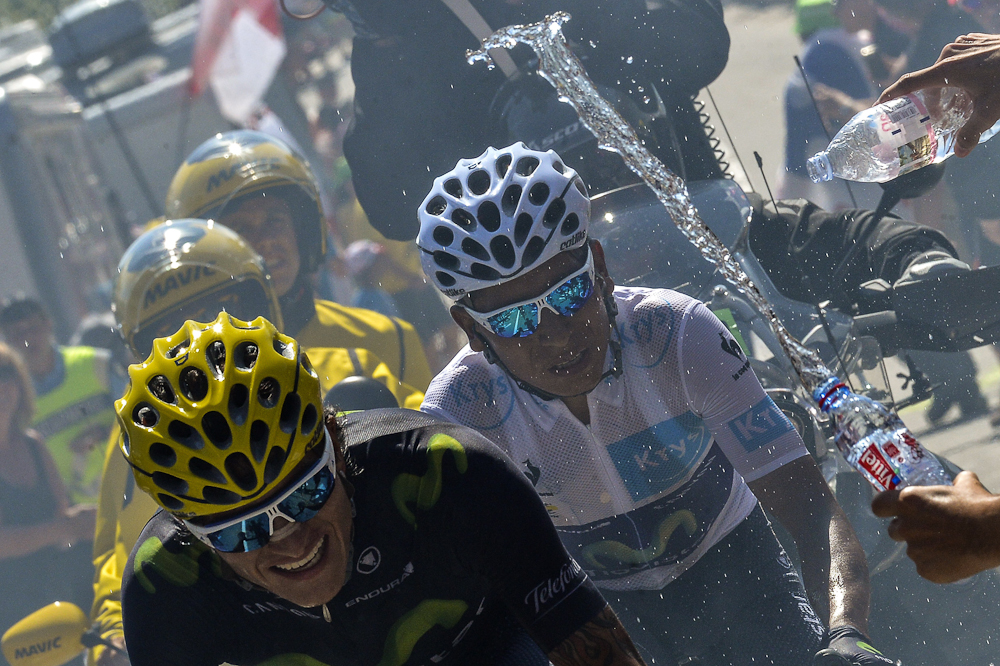
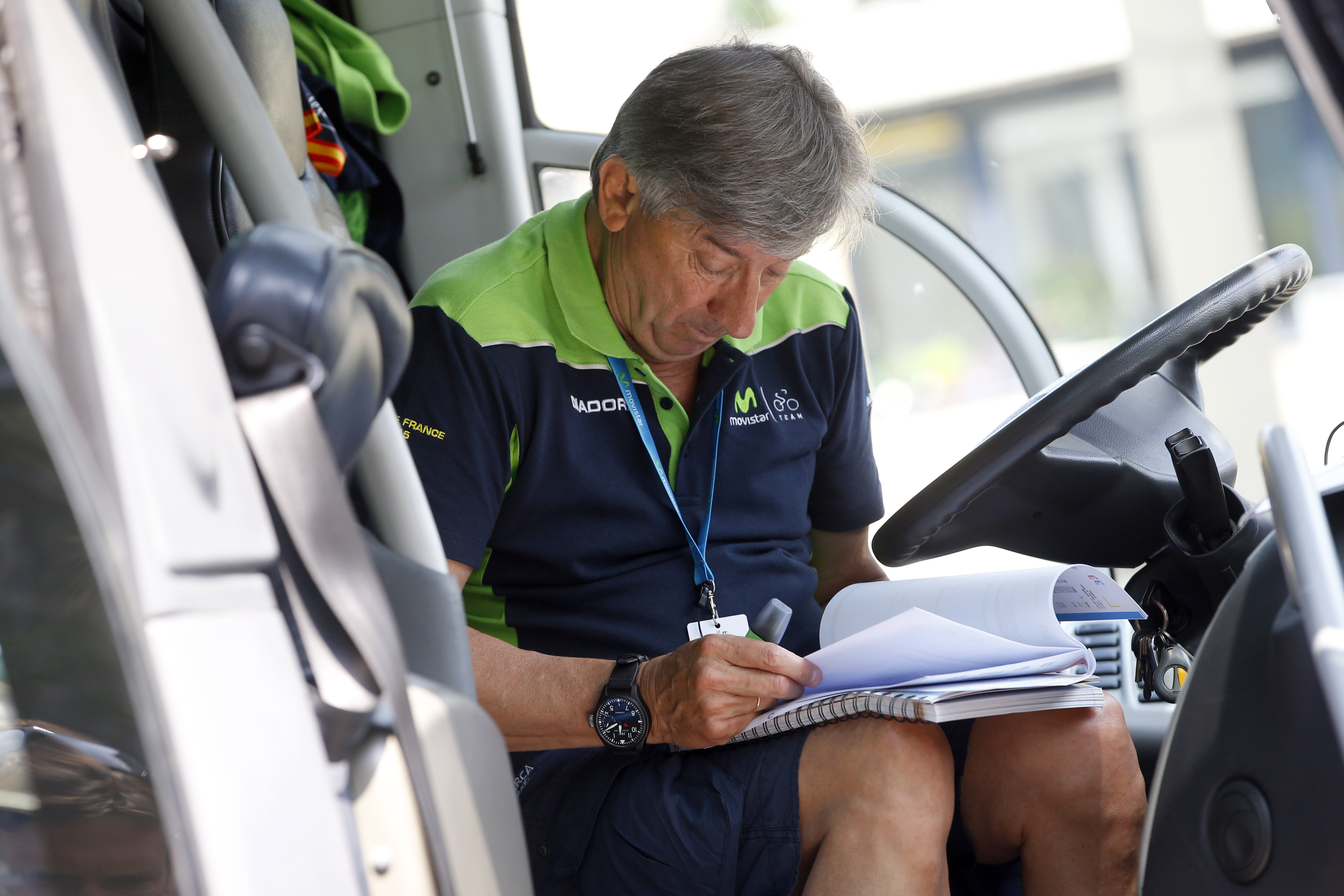
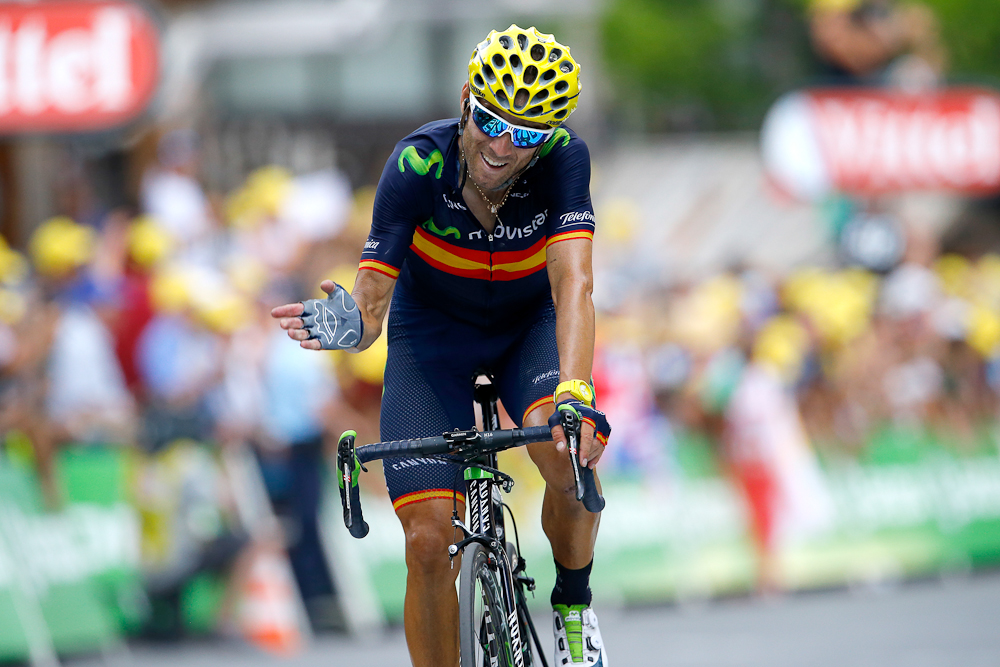
In Modane for the start of the Tour de France’s penultimate stage of 2015, Movistar sat in the enviable position of having two riders on the podium and leading the best young rider and team classifications. Half way up the Col de la Croix de Fer, it appeared the team would be taking a conservative approach on the road to the Alpe d’Huez finish to preserve the bounty awaiting them in Paris.
Alejandro Valverde, distinguishable from his teammates with a red and yellow sash around his midriff to signify his status as Spanish national champion, stopped admiring the view on the Croix de Fer and danced his way out of the yellow jersey group.
Valverde’s acceleration would soon be followed by Nairo Quintana who bridged across to his teammate and the duo quickly went about building their advantage of the chasers, including an isolated Chris Froome.
This particular roll of the dice from Movistar didn’t pay off, with the move over by the summit of the hors catégorie climb, but was a signal of intent from the team to take the fight to Sky and Froome.
“We had our last shot at the final victory [we] tried a long attack on the Croix de Fer and also at L'Alpe d'Huez, but it was actually a stage where Froome had domestiques on top of their game and our final chances to turn things around were done," Movistar’s team manager Eusebio Unzué said of the final opportunity the team had for overall victory.
Quintana was able to extract over a minute on Froome up the Alpe but taking 2:38 on the 13.8km climb for victory was always going to be a tough ask.
Ultimately the conservative tactics of the team to leave it late before making its tilt for overall glory hampered Quintana’s chances. That Alejandro Valverde was sitting third overall and the podium in Paris all but secured if the status quo remained was another determining factor in team tactics.
The latest race content, interviews, features, reviews and expert buying guides, direct to your inbox!
Just as he demonstrated in 2013, Quintana was again the strongest of the climbers in the third and final week of the Tour. While he missed out on a stage win, the 25-year-old showed off his fighting characteristics in a far more proactive manner than perhaps Unzué had accounted for.
“We fought all that we could to try and gain the time we had lost on Froome, with an attacking strategy from far, far away from the finish, trying to isolate him at the Croix de Fer, yet we couldn't open a big gap and we had to give all into the final ascent,” Quintana said of the final Alpine stage of 2015.
Quintana has two best young rider jerseys, two runner-up finishes and a stage win from the 2013 Tour. Next year, he will no longer qualify for the white jersey, raising the question of what will be judged a success in 12 months’ time as the champagne is popped at the team’s post stage celebratory dinner after a visit to the Colombian embassy on the Rue de Élysée.
“He's confirmed all hopes we had on him. He made a superb race, three impeccable weeks where only unfavourable circumstances on stage two prevented him from winning the Tour,” Unzué said of the race. “It's not that he lacks experience, rather that he will discover new strategies to win when he rides the Tour every year.
“He's young and will improve and mature, yet he's already shown to be perfectly prepared for three-week stage races, and seeing how he has coped with the pressure of being one of the main references in the race, it shows us he's strong enough from a physical point of view."
While in 2013 Froome’s margin over Quintana was closer to five minutes, Quintana’s 1:12 minute margin to Froome is the tenth-closest winning margin in 102 editions of the race, undoubtedly an illustration of his progression as a grand tour rider, having also won the 2014 Giro in between his Tour appearances.
Gaining experience and learning lessons
The classic Tour adage, you can’t win the Tour in the first week but you can lose it, certainly applied to Quintana this year with the classics parcours of punchy climbs, cobbles and strong Dutch crosswinds in the opening stages of the race impeding his overall ambitions.
The late inclusion of Alex Dowsett by Movistar was predicated on the British time trial champion acting as a bodyguard for Quintana in the first week. Dowsett’s crash on stage 4 from which he never fully recovered before leaving the race nine days later was a loss for Quintana with Movistar’s squad otherwise built around the Pyrenees and Alps.
“I leave the race satisfied. We lost the Tour into the first week, but I'll stay content after all good things we found during this race: I've got an excellent team, which always took care and supported me, and we all are happy with this.” Quintana said of the race.
In Quintana’s favour was the distinct lack of time trial kilometres in this year’s parcours but race director Thierry Gouvenou is unlikely to hit the repeat button in 2016. Therefore a more balanced squad that can shelter Quintana from the wind and ensure he arrives in the mountains on equal footing with a Froome next season is vital.
The challenge of balancing Quintana’s ambitions with Valverde’s may have been lessened by the 35-year-old achieving a career dream to stand on the podium in Paris.
Quintana’s ride up the Alpe, albeit for second place, was reminiscent of Andy Schleck’s stage 17 Col de Galibier raid in 2011 with both riders having sent teammates up the road looking for the stage win-yellow jersey double. Both riders ultimately finished runner-up in their respective years but gained respect for taking the race on, knowing that in order to win, one must be ready to lose. A lesson Unzué and Movistar need to keep in mind for Quintana to swap his white jersey for yellow in 341 days’ time.
